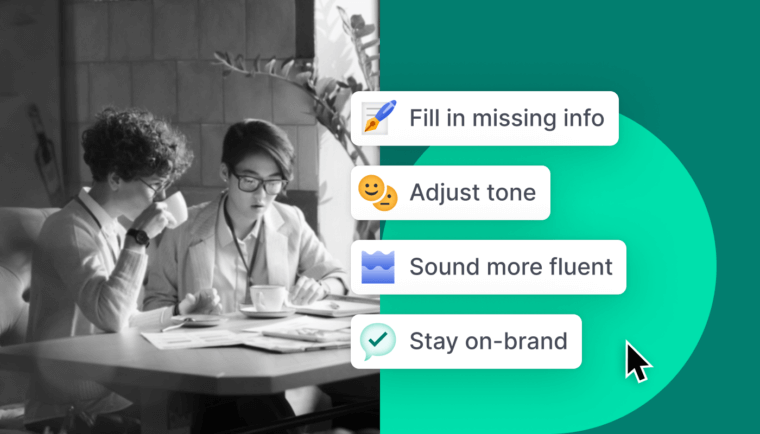
According to a recent LinkedIn study, there are over 50,000 professional skills they’ve tracked in their platform.
Although that may seem like a lot of skills, LinkedIn has also reported that so-called “soft skills” are in the highest demand. In 2019, traits like collaboration and persuasion are valued at the same level as traditional competencies like analytical and people management skills. Monster.com has also listed communication skills as one of the top soft skills job-seekers can improve.
If you’ve ever asked yourself these questions, these tips are for you. Check out these three common strategies for better communication, and let us know your workplace communication tips in the comments below.
1 Cultivate active listening skills
Great communication at work is rooted in a strong sense of empathy. Understanding your coworkers and clients’ perspectives can help you to better communicate and collaborate with them. And empathy starts with active listening. According to the Harvard Business Review, active listening involves four main elements:
- Good listeners ask questions, challenge assumptions, and generally check for understanding throughout a conversation. They cultivate a two-way conversation where they’re constantly trying to improve their understanding of what the other person is saying.
- Good listeners create a safe, supportive environment. This means building the other person up, and providing support when appropriate.
- Good listeners engage in a cooperative conversation, not a competition. They ask questions to better understand and support, not to challenge the other person from a place of one-upmanship.
- Good listeners provide feedback. HBR found that people like to receive helpful, positive suggestions while they’re explaining a situation or problem. Adept active listeners help to provide these solutions once they’ve understood the other person’s perspective
These traits are true of in-person active listening, but there are analogous talents for actively reading an email or message from a colleague. You can ask yourself questions like “What is this person trying to say?” or “Do I fully understand where this person is coming from?” before responding. Even if you’re over email, you can also ask follow-up questions for more context, clarification, or to challenge assumptions. This will help you to ultimately land on a response that makes your recipient or listener feel heard and understood.
2 Remember your audience
A large part of empathy involves focusing on the wants and needs of the other person you’re interacting with. When you’re writing to one person, active listening skills can help you discover these needs. If you’re writing an email to your entire team, or a blog post for your company, though, this might not be as easy.
No matter what you’re writing, asking three main questions will help you to communicate more effectively:
- What is the goal of this communication?
- What am I trying to say?
- Who am I speaking to?
The third question asks you to consider the audience of your communication—the people who will read your email, respond to your presentation in the meeting, or comment on your blog post. Whether this audience is one person or thousands, having a general idea of who you’re writing to will help you to improve your communication.
Asking for credit where credit is due. #AwkTalks pic.twitter.com/Yv29ays7We
— Grammarly (@Grammarly) May 31, 2019
3 Keep it clear and concise
Great communicators get to the point. Fast.
If you want to improve your communication skills at work, try cutting as many words from your email, Slack message, or presentation as possible. How quickly can you say what you’re trying to say? If the meaning of your message changes after you make these edits, you may have gone too far. But if a message says the same thing in fewer words, that’s a great start to better communication.
Concisely put, fewer words are often better, especially in professional settings. But great work communication skills go beyond easy-to-read messages. You should also consider your word choice in all work communication, since work jargon and hard-to-understand language can make your recipient more confused than inspired.
Clear and concise communication at work can be difficult, however. That’s why Grammarly’s contextual writing suggestions are here to help you, whether you’re in a formal business context or a more casual office setting. Below are some ways you can use Grammarly’s products to help improve your communication skills at work.
Tools to improve communication skills
How Do Grammarly’s Products Work?
How to Learn From Your Readability Scores While You Write
How to Set Your Document Type and Goals
How to Learn New Words While You’re Writing
![]()






